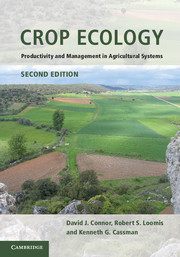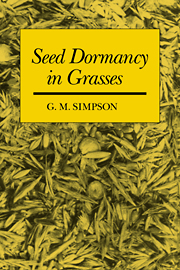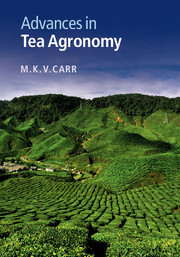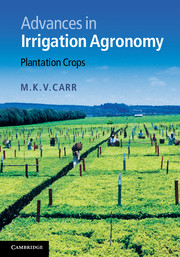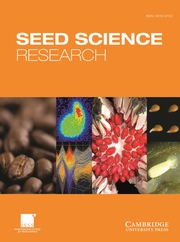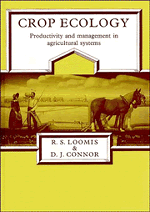Crop Ecology
Food security and environmental conservation are two of the greatest challenges facing the world today. It is predicted that food production must increase by at least 70% before 2050 to support continued population growth, though the size of the world's agricultural area will remain essentially unchanged. This updated and thoroughly revised second edition provides in-depth coverage of the impact of environmental conditions and management on crops, resource requirements for productivity and effects on soil resources. The approach is explanatory and integrative, with a firm basis in environmental physics, soils, physiology and morphology. System concepts are explored in detail throughout the book, giving emphasis to quantitative approaches, management strategies and tactics employed by farmers, and associated environmental issues. Drawing on key examples and highlighting the role of science, technology and economic conditions in determining management strategies, this book is suitable for agriculturalists, ecologists and environmental scientists.
- Explains the linkages between agriculture and energy production, enabling the reader to understand the potential role of agriculture in contributing to renewable energy supplies
- Covers each of the component disciplines of crop ecology in detail, making the book accessible to readers from a range of scientific backgrounds
- Draws on key examples and data to highlight the role of science, technology and economic conditions in determining management strategies
Reviews & endorsements
"The new edition of Crop Ecology, by Connor, Loomis, and Cassman, retains the strengths of the earlier edition, namely, insightful analysis of the key principles that explain crop resource use and growth, based on extensive use of peer-reviewed data, averaging more than one graph or table per page. Any practitioner or student of "evidence-based agriculture" needs a copy of this book."
R. Ford Denison, University of Minnesota, author of Darwinian Agriculture
"This book arrives as a timely update of a foundational text for college or graduate curricula providing comprehensive treatment of ecological principles and concepts central to achieving global food security and to conducting the environmental accounting critical to sustaining productivity through judicious natural resource management. Likewise, it is an essential desk reference for practicing systems agronomists, agro-ecologists, and agricultural economists and biological engineers pursuing biophysical life cycle analyses. With a predominant focus on staple crop systems, authors Conner, Loomis, and Cassman present key biophysical mechanisms and processes with detailed explanations of the quantitative approaches to their estimation; in-depth examples and case studies facilitate comprehension. Important new sections include ideotype concepts in respiration and partitioning, spatial variability in soil management, energy and labor requirements for bioenergy crops, and irrigation and world food supply. This book is remarkably easy to read and will be accessible to a range of knowledge levels and backgrounds."
Sylvie M. Brouder, Purdue University
"This reviewer has not seen a better book for illustrating the limits to crop production due to environmental constraints. The authors have a clear bias for conventional agricultural systems, but they are fair in representing the position of other approaches to cropping and describing the limits to those systems. Although the mathematical descriptions can be tedious for lower-division undergraduates, overall, the text is readily accessible for a wide readership in agricultural science. Highly recommended."
M.S. Coyne, Choice Magazine
Product details
August 2011Paperback
9780521744034
576 pages
244 × 173 × 25 mm
1.11kg
169 b/w illus. 66 tables
Available
Table of Contents
- Preface
- Part I. Farming Systems and Their Biological Components:
- 1. Agricultural systems
- 2. Trophic chains
- 3. Community concepts
- 4. Genetic resources
- 5. Development
- Part II. Physical and Chemical Environments:
- 6. Aerial environment
- 7. Soil resources
- Part III. Production Processes:
- 8. Nitrogen processes
- 9. Water relations
- 10. Photosynthesis
- 11. Respiration and partitioning
- Part IV. Resource Management:
- 12. Soil management
- 13. Strategies and tactics for rainfed agriculture
- 14. Water management in irrigated agriculture
- 15. Energy and labor
- Part V. Farming, Then, Now and in the Future:
- 16. Evolution of wheat farming systems in southern Australia
- 17. Technological change in high-yield agriculture
- 18. The future of agriculture
- Species list
- Conversions and constants useful in crop ecology
- Index.

